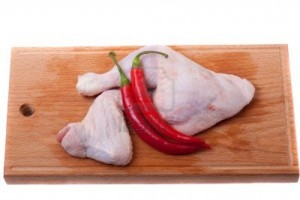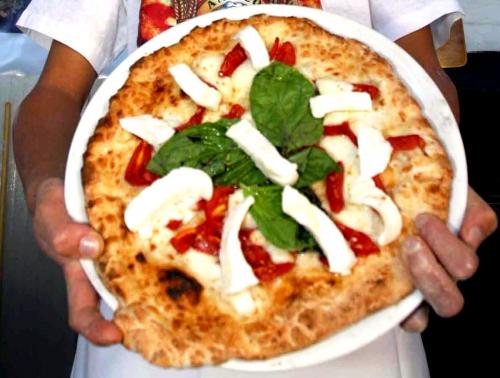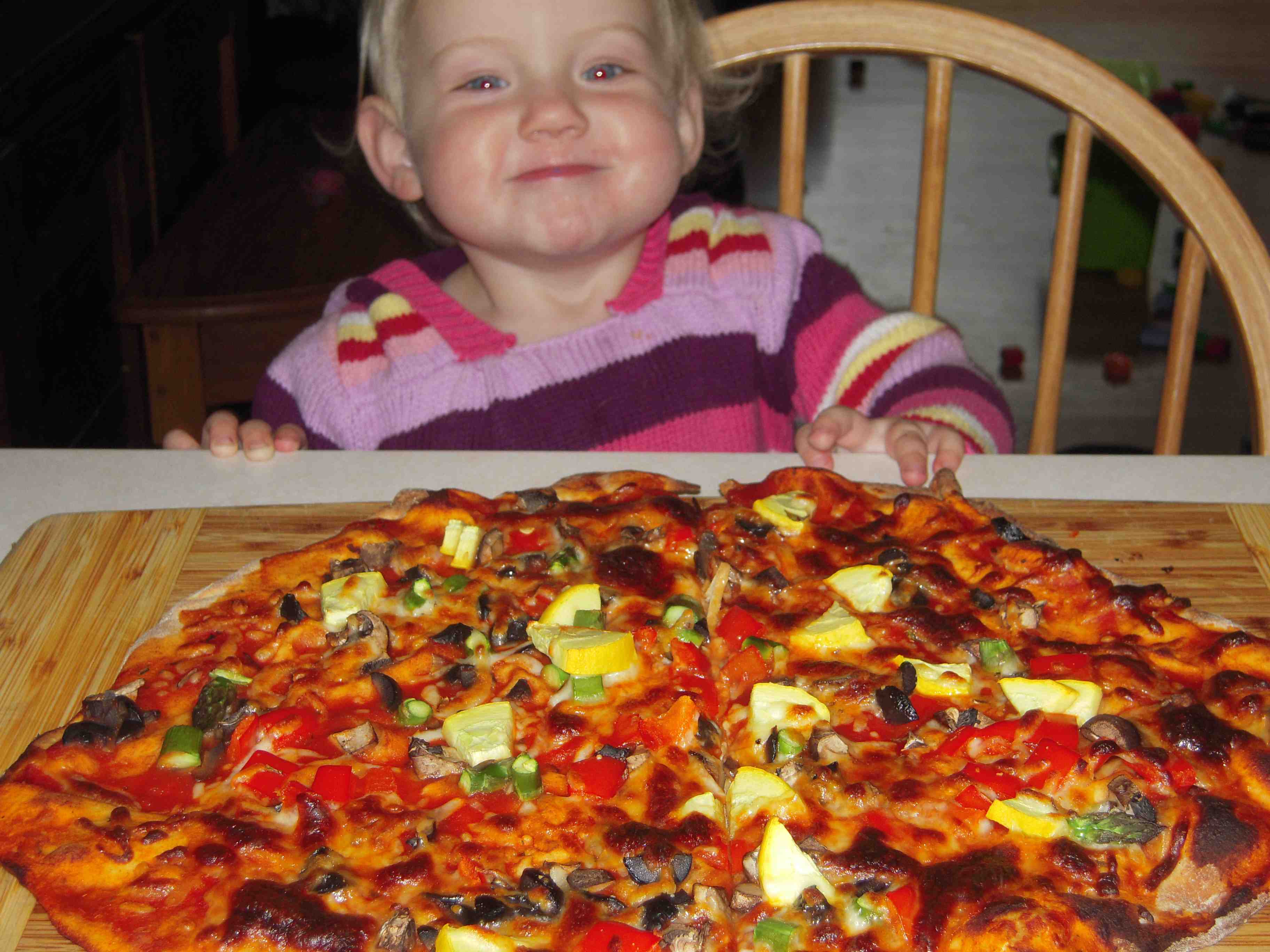Every generation has it’s version of the Rolling Stones: Aerosmith in the 1970s, Black Crowes in the 1980s, after that, no one seemed to  do nostalgia as good as the Stones.
do nostalgia as good as the Stones.
Guess every generation has their version of Susie.
Food safety also recycles common themes.
Which is better: wood or plastic cutting boards?
Food packaging is multifunctional: it protects from harvest to table. Four main groups of materials for direct food contact are mentioned in the literature: wood, glass, plastic, and metal. In this review, the focus is on wooden packaging for direct contact with food.
In Europe, wood as a food contact material is subject to European Regulation (EC) No 1935/2004 states that materials must not transfer their constituents to food. Today, wooden packaging, like other packaging materials, does not have a Europe-wide harmonized specific regulation, so member countries legislate at different levels.
Wood has been safely used for centuries in contact with food but is usually questioned because of its microbiological behavior compared with smooth surfaces.
Based on a review of published conclusions from scientific studies over the last 20 y and after a description of the general properties of wooden packaging, we focus on the microbiological status of natural wood. Then, we discuss the parameters influencing the survival of microorganisms on wood. Finally, we report on the transfer of microorganisms from wood to food and the factors influencing this phenomenon.
This review demonstrates that the porous nature of wood, especially when compared with smooth surfaces, is not responsible for the limited hygiene of the material used in the food industry and that it may even be an advantage for its microbiological status. In fact, its rough or porous surface often generates unfavorable conditions for microorganisms. In addition, wood has the particular characteristic of producing antimicrobial components able to inhibit or limit the growth of pathogenic microorganisms.
Microbial safety of wood in contact with food: A review
Comprehensive Reviews In Food Science And Food Safety; 26 Feb 2016; DOI: 10.1111/1541-4337.12199
Florence Aviat, Christian Gerhards, José-juan Rodriguez-Jerez, Valérie Michel, Isabelle Le Bayon, Rached Ismail and Michel Federighi
http://onlinelibrary.wiley.com/doi/10.1111/1541-4337.12199/abstract


 But it was free. And all we did was eat and drink. Sorta like that Sopranos episode where Tony and Pauley and Chrissy go to Naples for business connections and to tour the old world.
But it was free. And all we did was eat and drink. Sorta like that Sopranos episode where Tony and Pauley and Chrissy go to Naples for business connections and to tour the old world. I’d love to go back, and Italy is on the travel list for me and Amy and Sorenne now that Amy has entered sabbatical land. But I’m not sure about that Naples pizza.
I’d love to go back, and Italy is on the travel list for me and Amy and Sorenne now that Amy has entered sabbatical land. But I’m not sure about that Naples pizza.